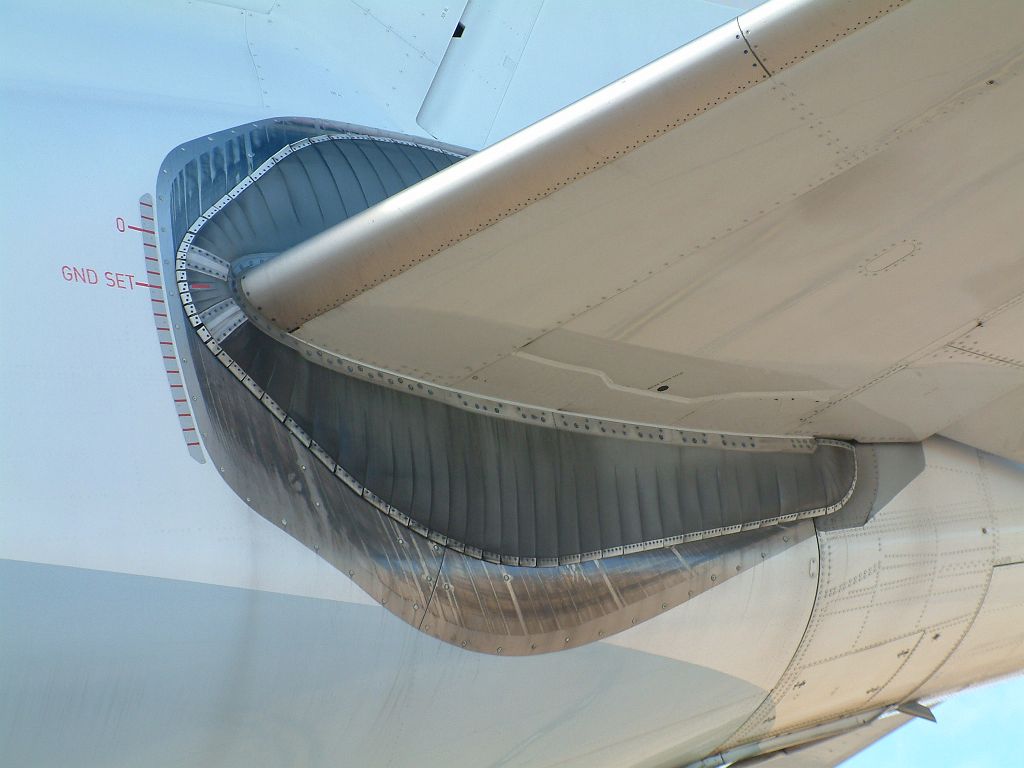Probably the question will be a little bit confusing but I'll try my best to make it clear.
Due the position of the CP with respect of the AC, symmetrical airfoils don't produce pitching moments, but cambered airfoil having the CP behind the AC produce a nose down pitching moment.
If we consider now the CG effect, a CG forward the AC will cause a nose down pitching moment, an aft CG the opposite.
Most aircraft with variable incidence tailplane have the possibility to trim much more degrees for nose up than for nose down.

Airbus A330; source: airlinercafe.com
Is this mainly due to the position (and range) of the CG, delianeated during the design phase and normal flight operation?
Is the pitching moment of the wing (only), much less relevant?
